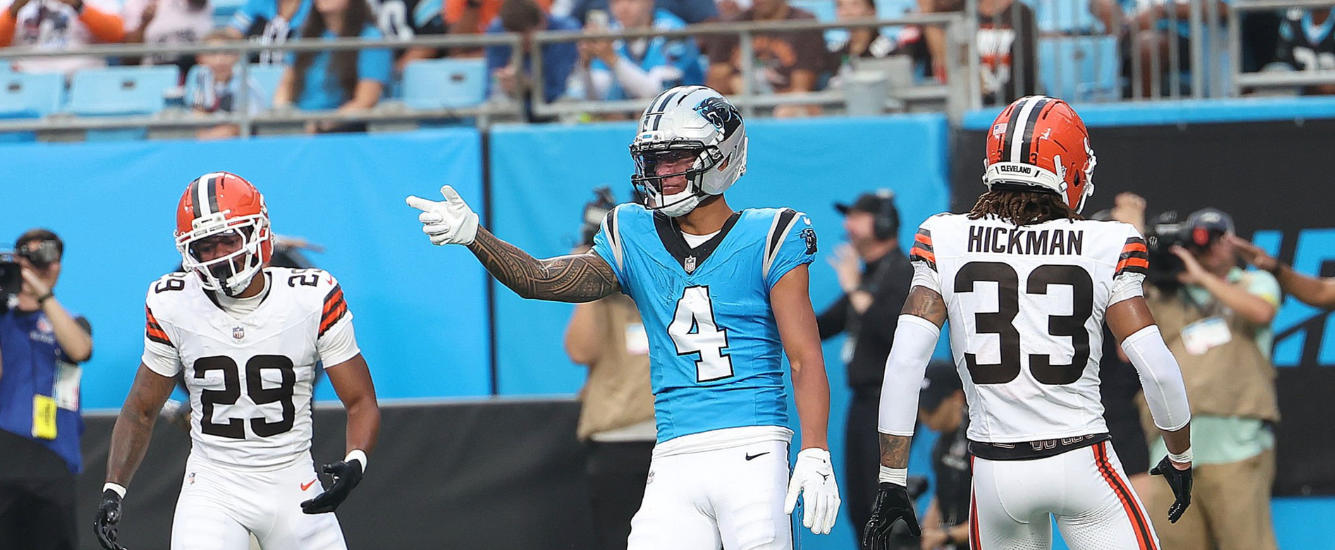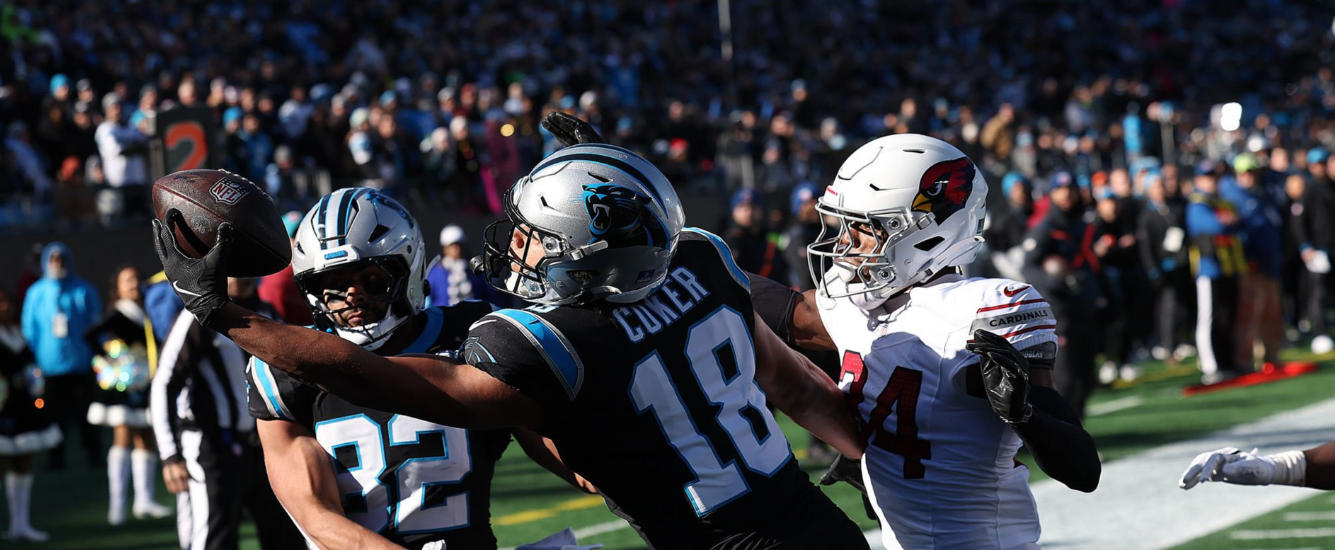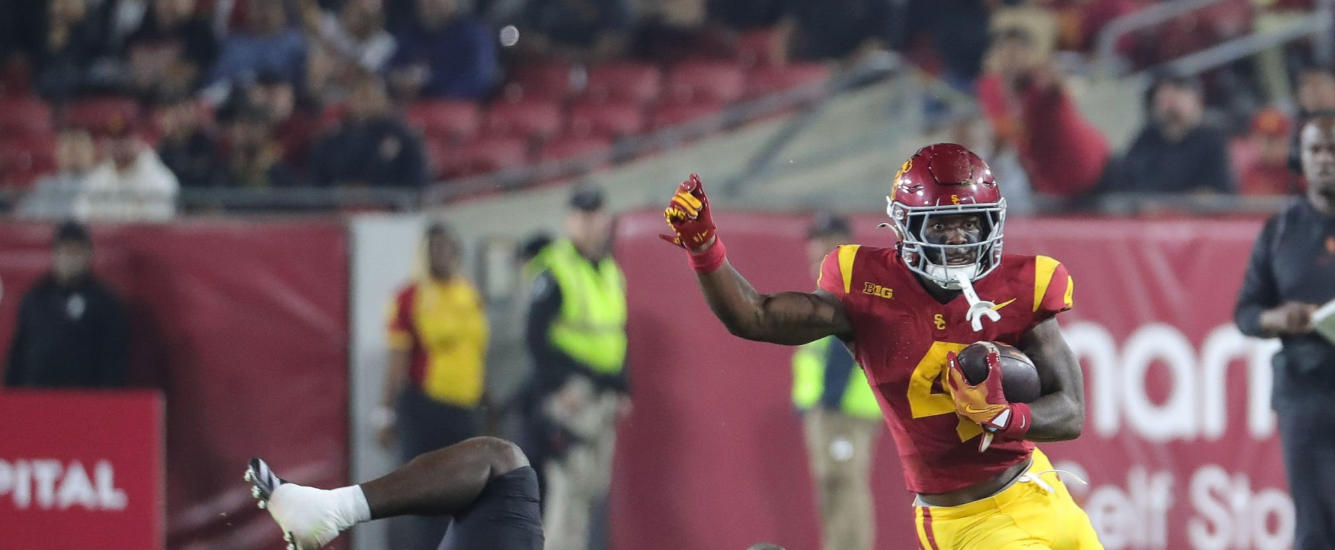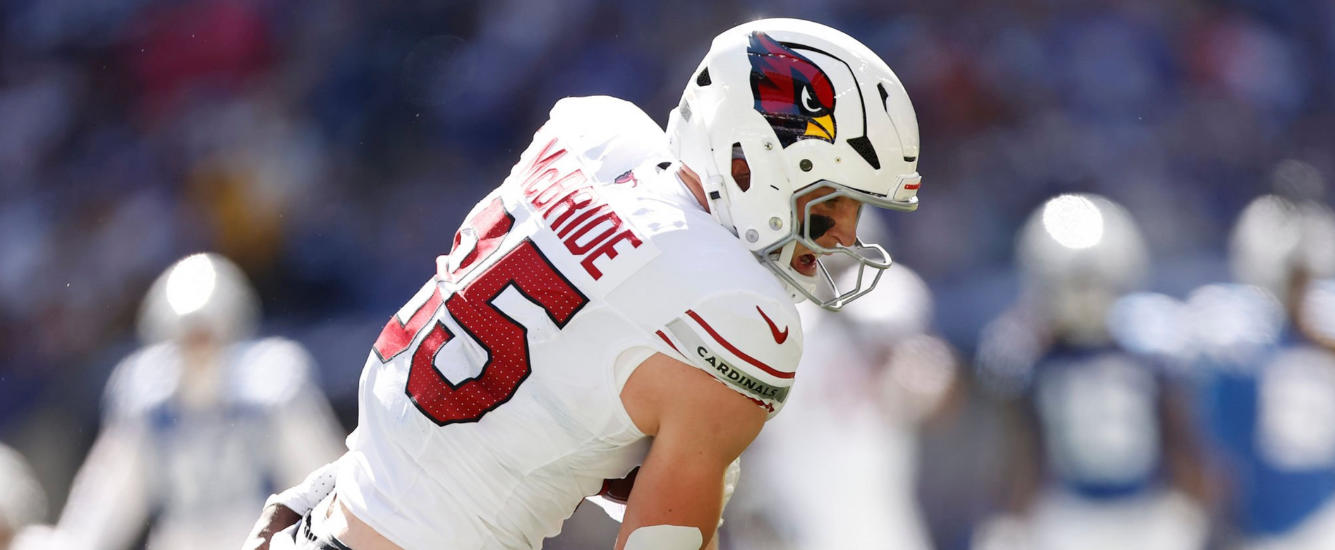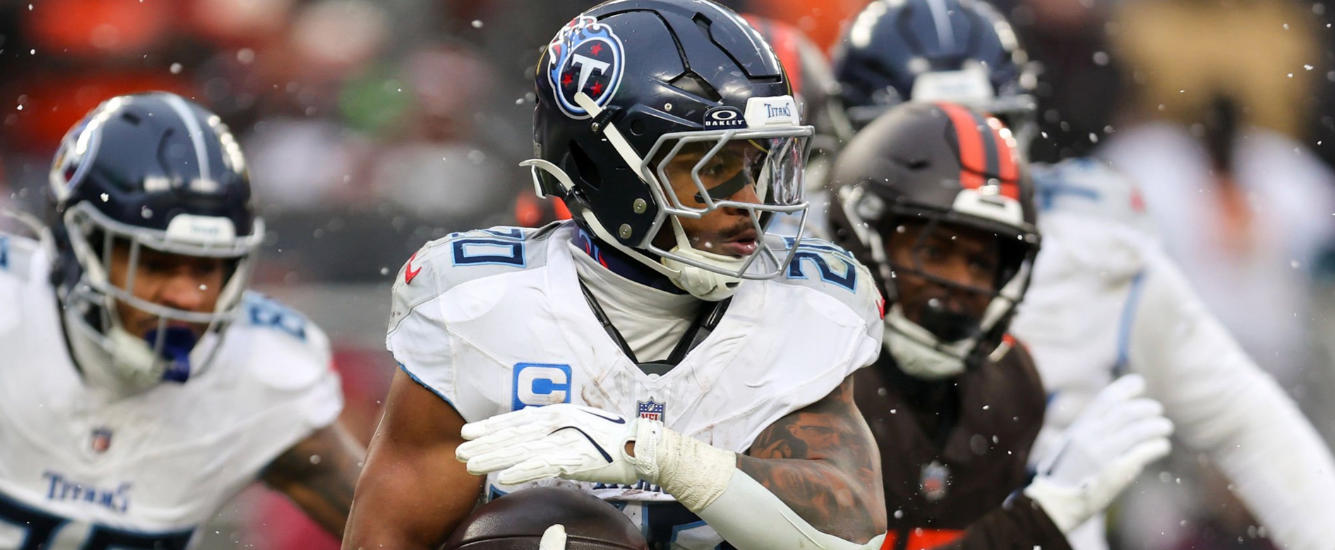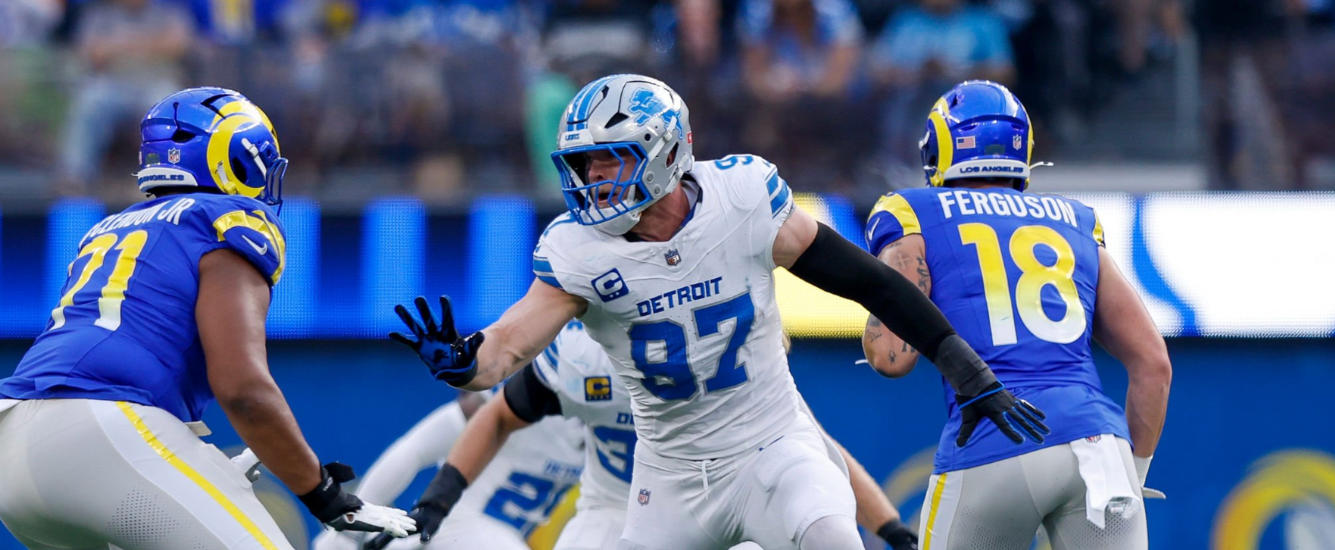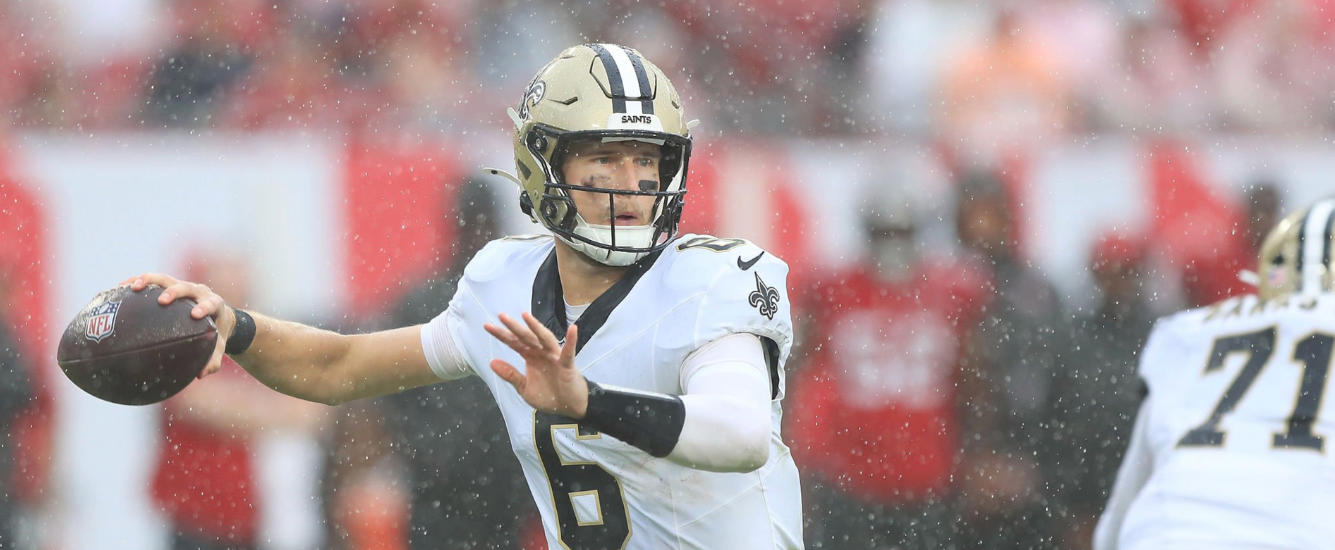Dave Caban uses the Range Of Outcomes App to adapt his subjective 2020 projections and increase their usefulness by creating historically grounded ranges of outcomes.
The Range of Outcomes tool (ROO) is one of my favorite things that I’ve contributed to the site. If you’re unfamiliar with the tool, it reviews a player’s prior-year performance to match him with the 50 players that produced the most similar outputs in historical seasons. It then reviews how these matching players performed in the subsequent season. This creates a realistic range of outcomes in which we can consider a player’s coming season. The app removes what might be outliers on the low and high ends by reporting a player’s floor and ceiling as the 25th and 75th percentile matches, respectively.
This approach has proven to be a really useful way of placing context around a player’s upcoming season. However, it does have some shortcomings. With the most apparent being that it has no way of knowing changes in player situation. For example, it doesn’t know that Todd Gurley is now a Falcon or that Aaron Jones could lose touchdown opportunities to A.J. Dillon.
To address this shortcoming and give us another way of considering ranges of outcomes, I gathered the 2020 projections I created with Projection Machine. These projections are created by estimating the number of rushing and passing plays a team will run, allocating these plays to the team’s skill players, and assigning these players efficiency expectations.
The projections created in this process have their utility but are really aiming to provide an estimate of a player’s median outcome as opposed to a range. If we use the ranges derived from the ROO to adapt the subjective projections, we can blend the two together and likely get a better sense of the outcomes a player might produce this season.
With this in mind, I calculated the differences between each player’s average outcome in the ROO and his low and high projections. I then subtracted or added these amounts to my subjective projections to create the below lists that include PPR, Half PPR, and Standard scoring presented on a per-game basis.
As rookies are yet to generate any NFL data, the ROO is unable to create ranges for them. As a result, differences were unavailable for these players. To get around this, I averaged the differences of the five players above and below each rookie, according to positional ADP, to approximate what their range might look like.[1]I could have taken a more sophisticated approach and used draft round or draft pick to develop approximations, but wanted to apply a methodology that would be more consistent.
The lists are sorted by current Fanball ADP and can be filtered by position by typing “QB-“, “RB-“, “WR-“, or “TE-” in the search box.
PPR
Footnotes[+]Footnotes[−]
| ↑1 | I could have taken a more sophisticated approach and used draft round or draft pick to develop approximations, but wanted to apply a methodology that would be more consistent. |
|---|


